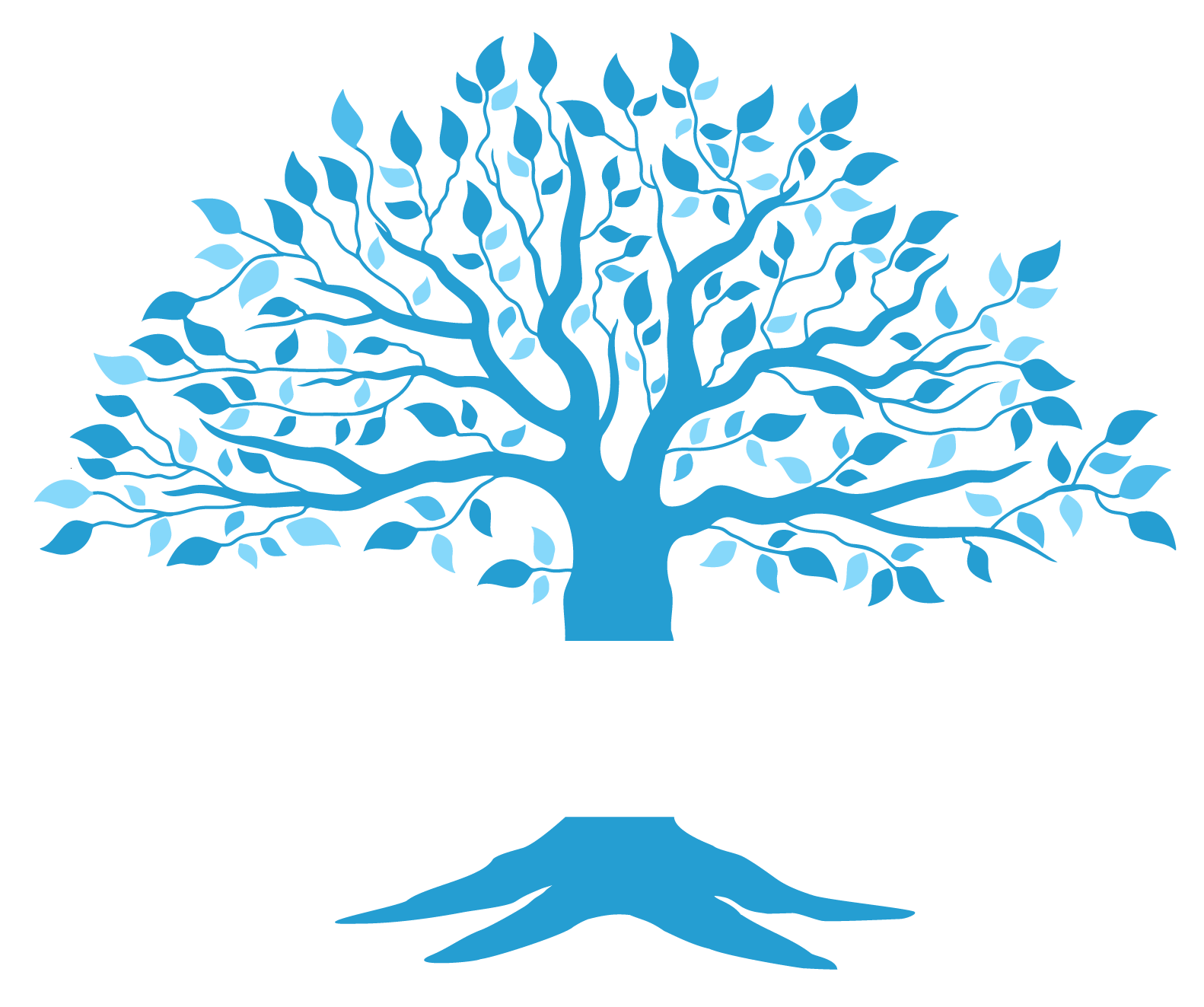Summary
Discover how fix and flip loans can help you turn distressed properties into profitable investments with our comprehensive guide. Learn about financing options, budgeting strategies, and best practices to maximize your real estate returns.
A Comprehensive Guide to Fix and Flip Loans: Turning Properties into Profits
Investing in real estate can be a profitable venture, and one popular strategy is the “fix and flip” approach. Fix and flip loans are essential tools for investors looking to purchase, renovate, and sell properties quickly for a profit. This comprehensive guide will walk you through everything you need to know about fix and flip loans, helping you make informed decisions and maximize your investment returns.
Please note that Community Capital Holdings is not authorized to offer real estate consulting services; we specialize solely in providing financing options for your investment needs. Consider the following article as general suggestions.
What Are Fix and Flip Loans?
Fix and flip loans are short-term financing options designed specifically for real estate investors who purchase distressed properties, renovate them, and then sell them for a profit. Unlike traditional mortgages, these loans are typically easier to obtain and offer faster funding, which is crucial in the fast-paced world of real estate investing.
Key features of fix and flip loans include:
- Short-Term Duration: These loans usually have a term of 6 to 18 months, allowing investors to quickly purchase, renovate, and sell the property.
- Higher Interest Rates: Due to the short-term nature and increased risk, fix and flip loans often come with higher interest rates than traditional mortgages.
- Flexible Qualification Requirements: Lenders may place more emphasis on the property’s potential value after renovation rather than the borrower’s credit score.
How Fix and Flip Loans Work
The process of securing and using a fix and flip loan typically follows these steps:
- Property Identification: Find a property with good profit potential. This usually means looking for distressed or undervalued properties that need renovation.
- Loan Application: Apply for a fix and flip loan with a lender. You’ll need to provide details about the property, your renovation plan, and an estimated after-repair value (ARV).
- Loan Approval and Funding: If approved, the lender will fund a percentage of the purchase price and renovation costs. Some lenders may release funds in stages, as specific renovation milestones are completed.
- Renovation: Once you have the loan, you can start renovating the property according to your plan. Efficient project management is key to staying on schedule and within budget.
- Sale: After the renovations are complete, the property is listed for sale. Ideally, the property sells quickly, allowing you to repay the loan and pocket the profits.
Advantages of Fix and Flip Loans
- Speed: These loans are designed for quick approval and funding, enabling investors to act fast when a good property deal arises.
- Leverage: By borrowing funds for both the purchase and renovation, investors can leverage their capital to take on larger projects or multiple properties at once.
- Profit Potential: With the right property and renovation strategy, fix and flip projects can yield substantial profits in a relatively short period.
Risks to Consider
While fix and flip loans offer exciting opportunities, they also come with risks:
- Market Fluctuations: Real estate markets can be unpredictable, and a sudden downturn could impact your ability to sell the property at the desired price.
- Renovation Challenges: Unexpected issues during renovation, such as structural problems or cost overruns, can eat into your profits.
- Interest Rates: The higher interest rates associated with fix and flip loans can add to your costs, especially if the project takes longer than expected.
Tips for Success in Flipping a Property
Turning a profit with fix and flip loans requires a strategic approach, meticulous planning, and the ability to adapt to market conditions. Consider the following best practices as general suggestions to help you with your fix and flip projects.
1. Choosing the Right Property
The foundation of a profitable fix and flip project begins with selecting the right property. For that, you have to have a good eye, or a qualified advisor to help you with selecting a property. Here are some factors to consider:
- Location, Location, Location: Choose a property in a desirable or up-and-coming neighborhood. Properties in prime locations are more likely to sell quickly and at a higher price.
- Property Condition: Look for properties that require cosmetic rather than structural renovations. Homes needing minor updates or repairs are easier and cheaper to fix, leading to higher profit margins.
- Comparable Sales (Comps): Research recent sales of similar properties in the area to gauge the potential resale value. The difference between the purchase price and the estimated after-repair value (ARV) is crucial to estimating your potential profit.
2. Accurate Budgeting and Cost Estimation
One of the biggest pitfalls in fix-and-flip projects is underestimating renovation costs. An accurate budget should include:
- Purchase Price: The initial cost of acquiring the property.
- Renovation Costs: This includes materials, labor, permits, and unforeseen expenses. Always add a buffer (10-20%) for unexpected costs.
- Holding Costs: These are the costs associated with owning the property while renovations are underway, such as mortgage payments, property taxes, insurance, and utilities.
- Selling Costs: Factor in real estate agent commissions, closing costs, and any staging expenses.
3. Efficient Project Management
Time is money in the fix-and-flip business. The longer a project takes, the more it eats into your profits due to holding costs. Effective project management is key:
- Set a Realistic Timeline: Establish a clear timeline for each phase of the renovation and stick to it. Delays can lead to increased holding costs and reduced profits.
- Hire Reliable Contractors: Work with experienced contractors who can deliver quality work on time and within budget. Get multiple bids and check references before hiring.
- Regular Monitoring: Keep a close eye on the progress of the renovation. Regular site visits and communication with your contractor will help you catch potential issues early and avoid costly delays.
4. Strategic Renovations
Not all renovations add equal value. Focus on improvements that offer the highest return on investment (ROI):
- Kitchens and Bathrooms: These are the rooms that sell houses. Updating kitchens and bathrooms can significantly increase the property’s value.
- Curb Appeal: First impressions matter. Invest in landscaping, a fresh coat of paint, and other exterior improvements to make the property more attractive to buyers.
- Energy Efficiency: Simple upgrades like new windows, insulation, or energy-efficient appliances can appeal to eco-conscious buyers and add value.
- Don’t Over-Improve: Avoid the temptation to over-renovate. Upgrades should match the property’s location and target market. Over-improving a property can lead to diminished returns.
5. Timing the Market
Understanding and timing the real estate market can greatly impact your profit:
- Sell During Peak Seasons: The real estate market often has seasonal trends, with spring and summer typically being the hottest periods for home sales. Listing your property during these times can lead to quicker sales at higher prices.
- Monitor Market Conditions: Keep an eye on local market trends. In a seller’s market, where demand exceeds supply, you’re more likely to achieve higher prices. Conversely, in a buyer’s market, you may need to price more competitively to sell quickly.
6. Effective Marketing and Selling Strategies
Once the renovation is complete, your focus shifts to selling the property for the highest possible price:
- Professional Staging: Staging helps potential buyers envision themselves in the space. It can make the home more appealing and lead to quicker sales at higher prices.
- High-Quality Photos and Listings: Invest in professional photography to showcase the property online. Write compelling listings that highlight the home’s best features and recent upgrades.
- Flexible Showings: Make it easy for potential buyers to view the property. The more people who see the home, the higher the chances of a quick sale.
- Consider Multiple Offers: In a competitive market, you might receive multiple offers. Weigh the pros and cons of each offer, considering factors like the buyer’s financing and contingencies.
7. Understanding Tax Implications
Profits from fix and flip projects are typically considered ordinary income, subject to higher tax rates. Strategies to minimize tax liability include:
- Track All Expenses: Keep detailed records of all costs associated with the project, as many of these can be deducted from your taxable income.
- Consider a 1031 Exchange: If you plan to reinvest your profits into another property, a 1031 exchange allows you to defer paying capital gains taxes.
- Consult a Tax Professional: Given the complexities of tax laws, working with a tax professional can help you optimize your tax strategy and keep more of your hard-earned profits.
Conclusion
Fix and flip loans can be a powerful tool for real estate investors looking to turn distressed properties into profitable ventures. By understanding the ins and outs of these loans and carefully managing your projects, you can increase your chances of success and build a profitable real estate portfolio. Ready to explore your fix and flip loan options? Contact Us today to get started on your next investment opportunity.







